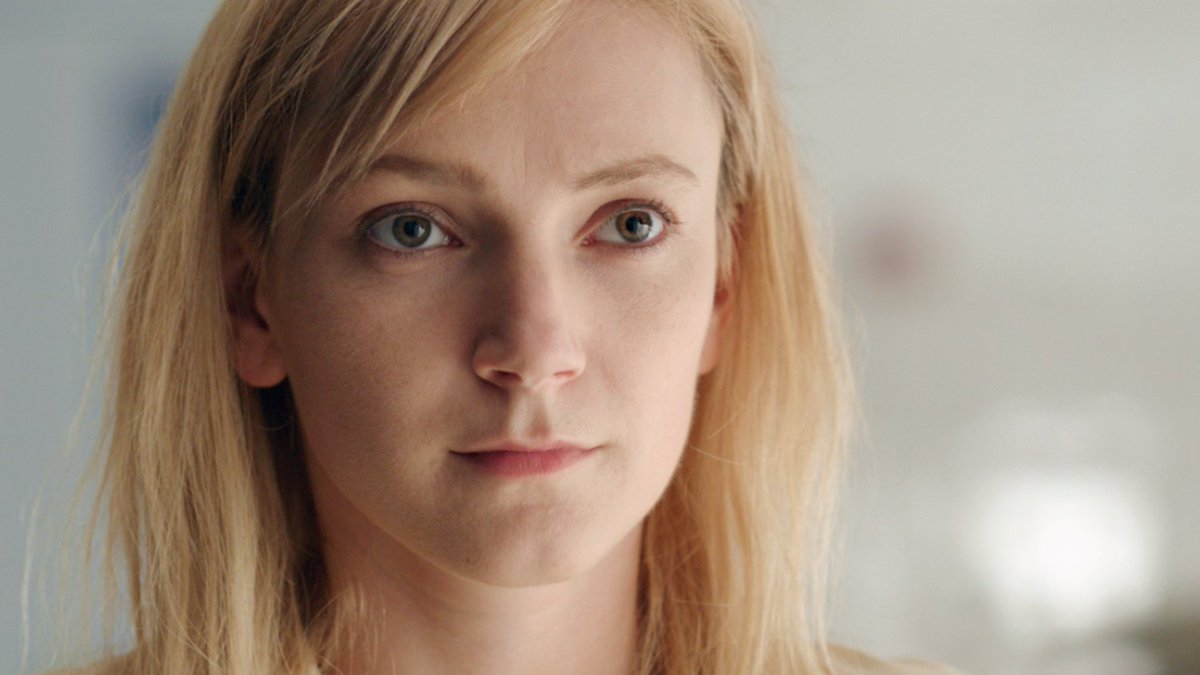
The common denominator of the following brilliant ten art house films is quite simple: every one of them has been an official selection in the last decade at one of the top three European Film Festivals (Cannes, Berlin, or Venice).
Nine out of the ten films have won awards.
The single exception is the Chad-France production, “GriGris”, which belongs to a highly celebrated if largely unknown director Mahamat-Saleh Haroun who was born in Chad but who has lived in France since 1982.
For his feature, “A Screaming Man”, Haroun won the Cannes Jury Prize. For his feature “Daratt’, Haroun won the Special Jury Prize at Venice.
1. The Summit (Santiago Mitre, 2017, Argentina)
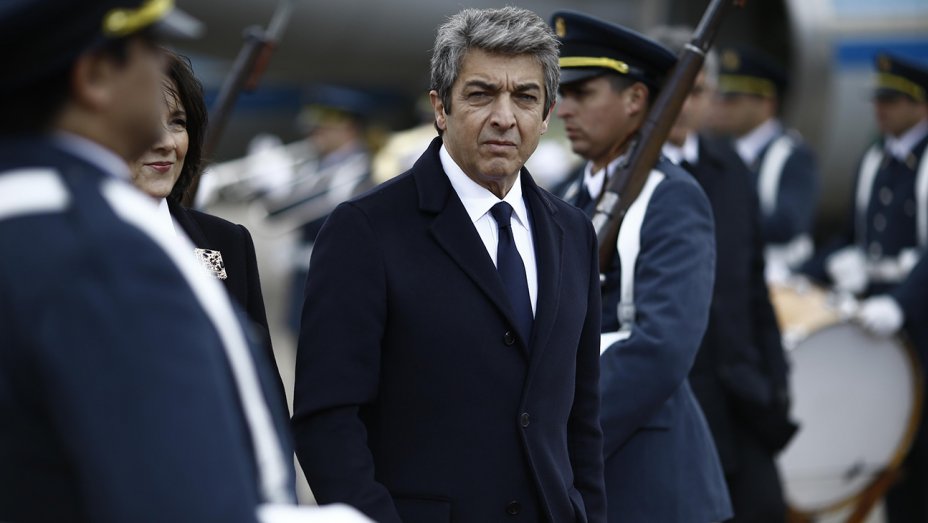
A complex and hauntingly atmospheric tale of power machinations at the very top of South American politics.
Despite being a powerful creative force, Argentinian director Santiago Mitre delivers something much closer to a brilliant and mesmerising (yet somewhat flawed) hybrid genre piece rather than an auteur film. Hernan Blanco is the charismatic and versatile new president of Argentina. This is an extremely thoughtful choice for the protagonist’s name since “blanco” means not only “white” in Spanish, but “target” as well.
The initial purity of “El President” evaporates with accusations of fraud during the electoral campaign. He’s also the target of both byzantine and ruthless advisers and “deep state” machinations. There are even more sinister accusations from his son-in-law, concerning a possible crime that was possibly witnessed by his daughter when she was a little girl.
The wintry and desolate location is a hotel in Chile, at around 3.300 meters in the Andes. The location of the hotel is suggestive of the inaccessible, wind-swept, antiseptic arena of the elite. What intrigues us the most is the depiction of the inner circles of power. The new President resists the influences of manipulative and domineering advisers. It’s the usual inspired performance of Ricardo Darin, and it makes for a great cinematic experience.
The film could have been a genuine masterpiece if it were not for the overlapping of several genres (political thriller, neo-noir thriller and family psychological drama). And the central question remains: was the President’s daughter mistreated and abused to make her look mentally unstable and therefore discredit any scandalous revelations coming from her?
Santiago Mitre is unsure about how to end his stories. (The same issue is present in his brilliant second feature film “Pauline”). Having said this, the material is phenomenal, there are strong performances and there is a fascinating incursion into the underground negotiations of the elite. What flaws the film, perhaps irredeemably, is the over-the-top performance of Dolores Fonzi, playing President Blanco’s traumatized daughter.
2. An Elephant Sitting Still (Hu Bo, 2017, China)
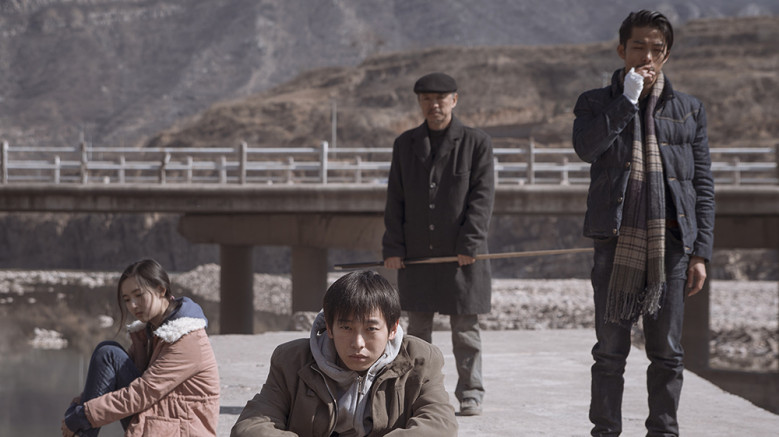
A superb four-hour epic elegy of economic disintegration in the grim industrial Chinese province of Hubei. The common denominator is the lives of the four characters. Their lives intersect in the film with profound sadness, captured aesthetically through the perpetual fog, and the industrial background. The camera follows them in behind-the-shoulder shots with long lenses, causing the background to become almost lyrically blurred.
The four characters share a fascination with a mythical elephant in the town of Manzhouli, who is completely oblivious and indifferent to its surroundings. Unlike, say, the existential doom in Antonioni’s films, in Hu Bo’s film,the sense of damnation is not exactly “existential” or the human condition, per se, but springs from economic doom and the lack of any hope for improvement. (Antonioni also captures something similar to Hu Bo’s film in the spiritual lethargy of “Red Desert”, which is set against the backdrop of the decrepit industrial landscape of Ravenna).
In “An Elephant Sitting Still” we are introduced to an old guy sleeping on the balcony will soon be forced to move by younger members of his family into the world’s grimmest retirement home. We also meet Wu Bei,a teenager growing in a hostile environment at home and dealing with a toxic milieu in school. One of his classmates is a girl who is alienated from her mother and who is seduced by a school administrator.
And then there is another enraged and self-destructive teenager who resorts to petty crime and racketeering as a possible alternative to financial doom and abandonment of dreams and aspiration. All these characters’ painful lives form the film’s omnipresent theme: a mosaic of crushed lives and terminal hopelessness.
Stylistically the film is beautiful, despite the grim and utterly colorless world depicted. But there is a certain abuse of the audience in the first thirty minutes, where the camera constantly rests behind the characters. The somber world of Hu Bo is reminiscent of the somber world of the Hungarian director Bela Tarr. Both directors transmit a sense of unease and the lack of any emotional connection with the foggy streets and the dilapidated buildings of their surroundings. But in Hu Bo’s case, his depiction of life comes across as more aesthetically dogmatic than compelling. And yet, despite this lapse, Hu Bo has crafted an otherwise superb and one of the most important films of the last five years.
3. Directions (Stephan Komandarev, 2017, Bulgaria)
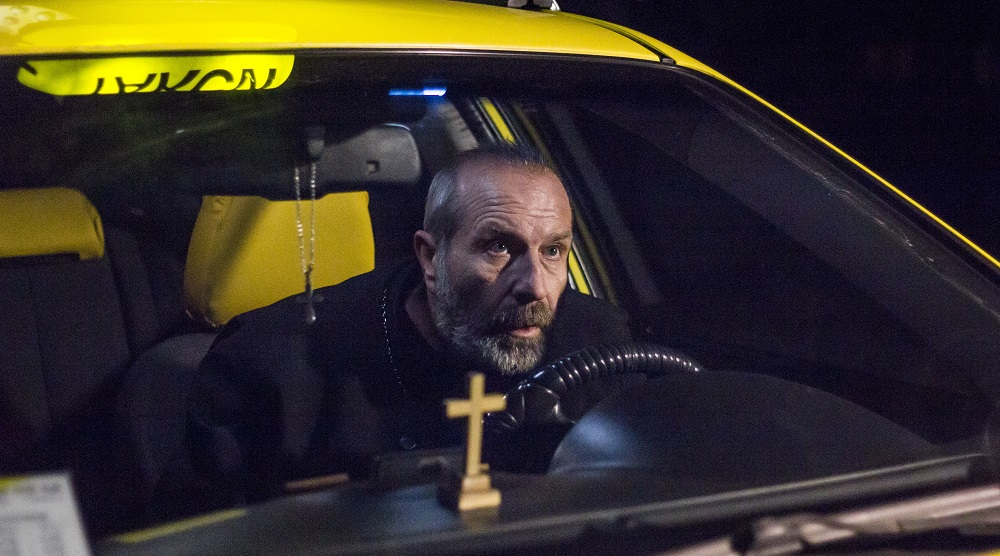
Director Stephan Komandarev’s vision seems to be a Dante-esque inferno of terminal corruption, suicidal tendencies, nervous breakdowns, prostitution and petty crime. In the country’s economic meltdown driving a cab seems to be an almost providential part-time job, even for educated middle-class individuals, which somehow provides the cash to make it from month to month.
The killing of a greedy banker, which doubles at the very last moment the amount of the bribe requested for arranging a bank loan, sparks not only a lively debate across the country, but triggers a kind of dangerous subversion among the populace.
Narratively disconnected nocturnal encounters (yet thematically connected) occur during taxi rides. Jim Jarmusch’s “Night on Earth”and “Mystery Train” come immediately to mind. However, in Stephan Komandarev’s film, unlike the more lyrical and idiosyncratic Jarmusch films, all the stories add up to a potent, explosive and mosaic of indignation, social despair and black humor.
4. On Body and Soul (Ildiko Enyedi, 2017, Hungary)
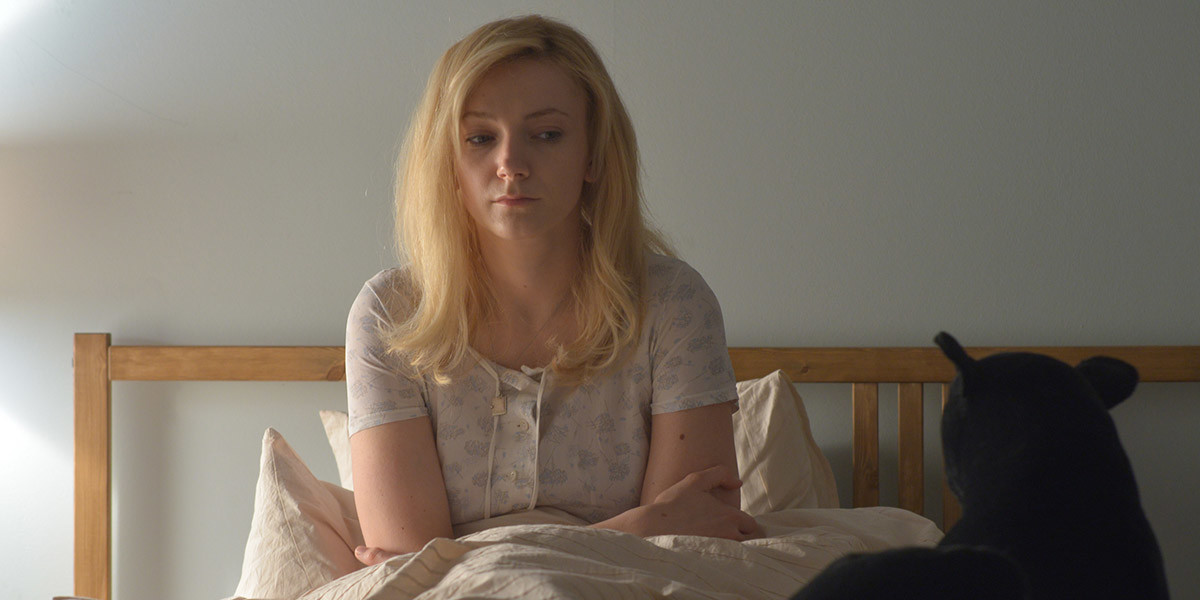
When Hungarian Filmmaker, Ildiko Enyedi, made “On Body and Soul”, his first film in 18 years, she won the Golden Bear at Berlinale in 2017 and the film became the Hungarian Entry for the Oscars. The film is a lyrical love story between an older and slightly physically impaired man and a younger introverted woman who suffers from some sort of condition on the autistic spectrum.
The initial setting of the story is not only odd, it’s downright macabre: a slaughter house. The two co-workers, Endre and Maria, discover during a psychological evaluation that they share the same dream: a stag and a doe that stare at each other in a forest.The almost deliriously lyrical recurrent scenes in the all-white frozen forest are pure poetry and intoxicating. These contrast with the scenes at the slaughter house, which are extremely realistic.
Ildiko Enyedi displays an amazing flair for catapulting the strong emotions of these two fragile protagonists on screen through highly suggestive compositions and emblematic framing. A POV shot of the male protagonist shows a group of three gregarious female workers smoking and probably gossiping, while Maria stands separated by the effusive group by a massive pillar of stone renders the whole dynamics of characters relations visible unequivocally in one single shot.
Although Maria is extremely shy and clearly not streetwise, her inner world is full of longing and vibrant emotions that are exhibited with full force in screen through haunting winter scenes in the forest.
5. The Clan (Pablo Trapero, 2015, Argentina)
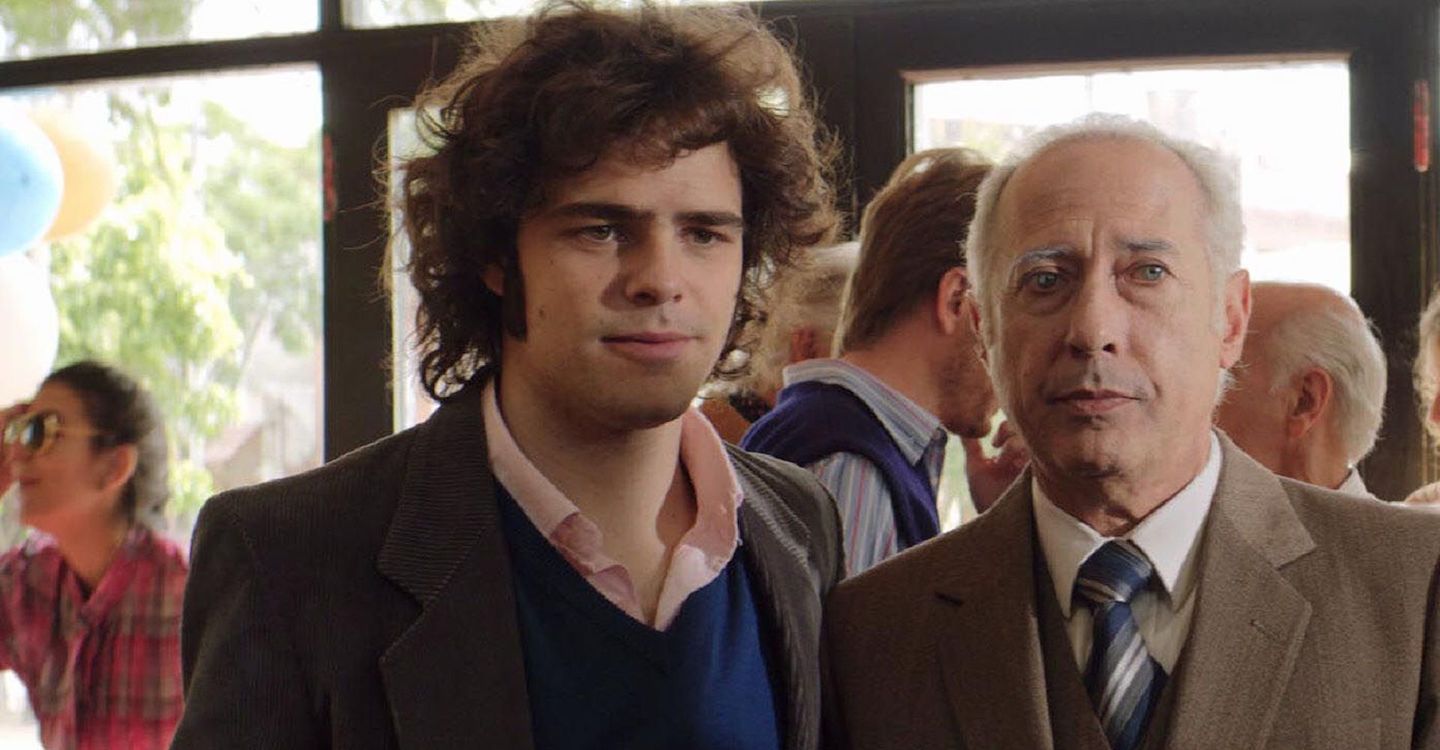
“Life beats fiction” might sound like some mindless cliché unless uttered by Carlos the Jackal or by the Danish former Al-Qaeda jihadist turned precious MI-6 precious “asset”. The aphorism couldn’t be truer in Pablo Trapero’s film, “The Clan”, which features a suddenly unemployed former Argentinian Secret Services higher echelon member, Aristides Puccio. Puccio is the patriarch of a large family.
During the “National Reorganization” Government Program of the mid 80s return to democracy, Puccio resorts to kidnapping affluent people for money. (He also does this to avoid being ”de-professionalized”, one might argue). Guillermo Francesca manages a quite extraordinary performance as the Don of the Puccio clan, managing to be both frightening and implacable. And yet he’s also supportive and almost affectionate with his wife, patient with the children and even pedagogically adept with his daughter as he helps her with her school homework.
The “banality of evil” seems to be deliberately or subconsciously for Pablo Trapero the great underground axiom or premise of the film. Credence Clearwater Revival’s music and “Sunny Afternoon” of the Kinks seems to offer an ironic and blatant counterpoint with the clandestine business of Don Puccio, as the kidnapped people and torture victims lie in the dark.
There is a slight excess in the last part of the film, but overall the film pulses with an amazing energy, has a very catchy mise-en-scene and offers a sobering — if still very entertaining — look at one of stories that really shocked Argentinian society in the mid 80s.